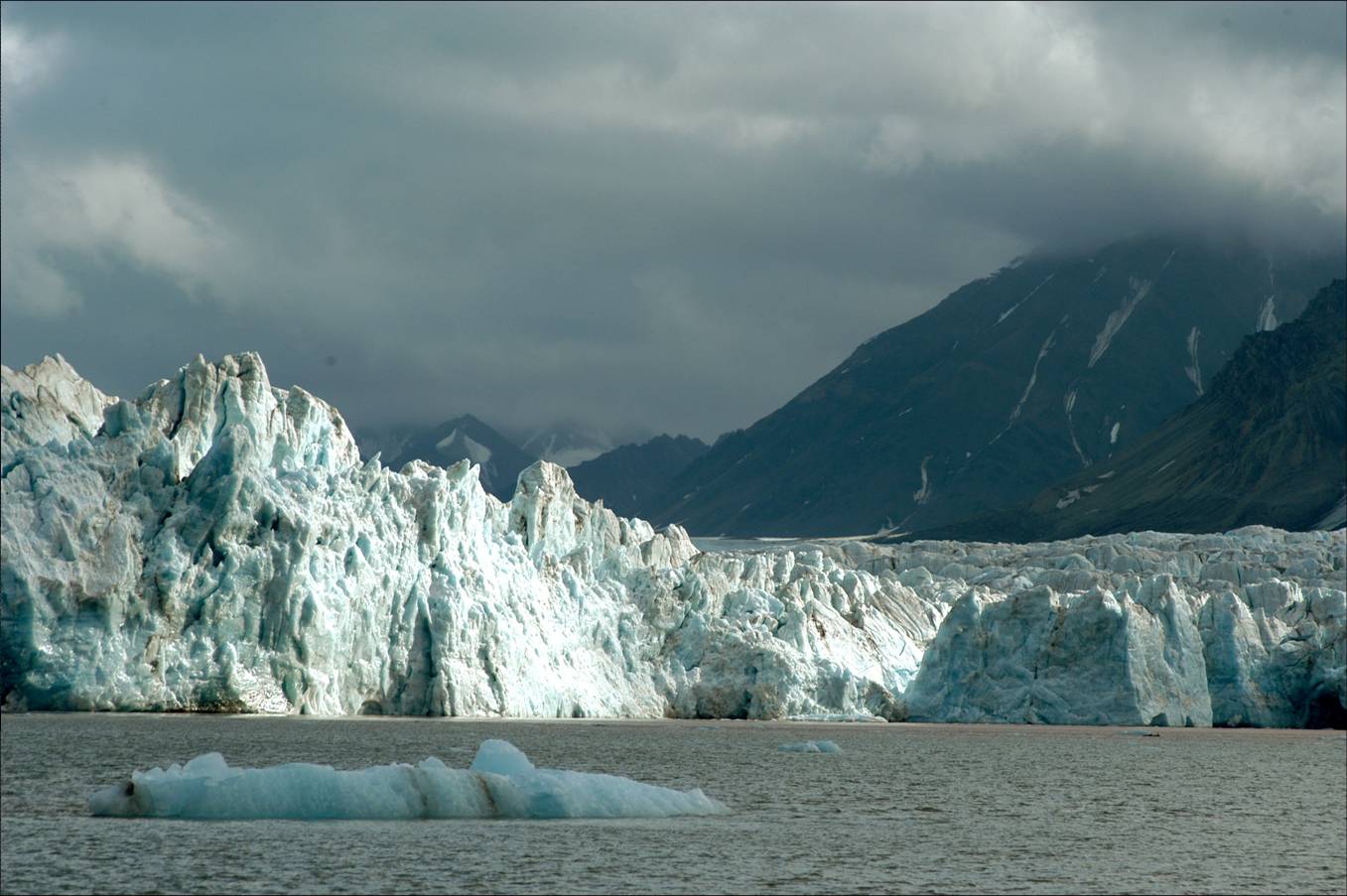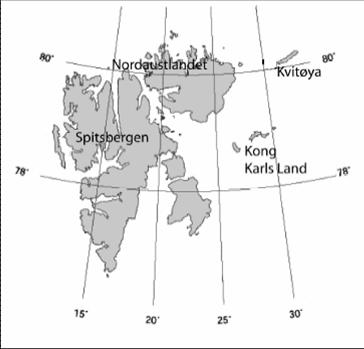Page path:
- Departments
- Department of Biogeochemistry
- Temperature response of sulfate-reducing bacteria
Temperature response of sulfate-reducing bacteria
Thermophilic Spores in Arctic Sediments
Incubating arctic sediments at 50°C, while lethal for the normal psychrophilic community, enriches various thermophiles capable of organic matter hydrolysis, fermentation and sulfate reduction. These bacteria resist pasteurization (80°C). Analysis of 16S rRNA and functional gene markers confirms that they belong to the phylum Firmicutes, and hence, persist in cold arctic sediments as endospores. Current research aims to discover the source of arctic thermophiles, determine their rate of supply, and explore the biogeography of this peculiar phenomenon in other oceanic settings.
Temperature Shift Experiments

Predicting long-term responses of sediment microbiota to climate-scale temperature increases is critical to predict future carbon mineralization rates in sensitive regions such as the Arctic. Temperature upshift (2°C increase) experiments with Arctic sediments induce changes in the sulfate-reducing microbial community composition, but not in sulfate reduction rates. Temperate, seasonally changing sediment from North Sea intertidal flats however, show an overall tolerance to 2°C changes. Experiments also demonstrate that the availability of reactive organic matter in Arctic sediment decreases significantly with dramatic increases in temperatures (10° C). Freeze-thaw conditions can be viewed as an extreme manifestation of the effects of temperature on microbiota. We detect no sulfate reduction at -20°C in Svalbard sediment normally subject to seasonal freezing. Nevertheless, a high proportion of the microbial community can be revived after freeze-thaw cycles with only a small effect on the overall community composition.
Ongoing work by Alberto Robador, Julia Rosa de Rezende, Joanne Sawicka
Ongoing work by Alberto Robador, Julia Rosa de Rezende, Joanne Sawicka

